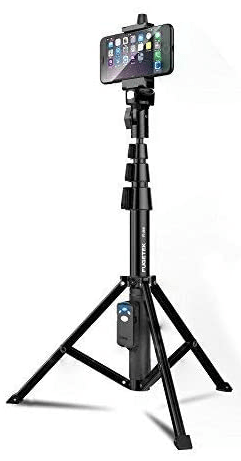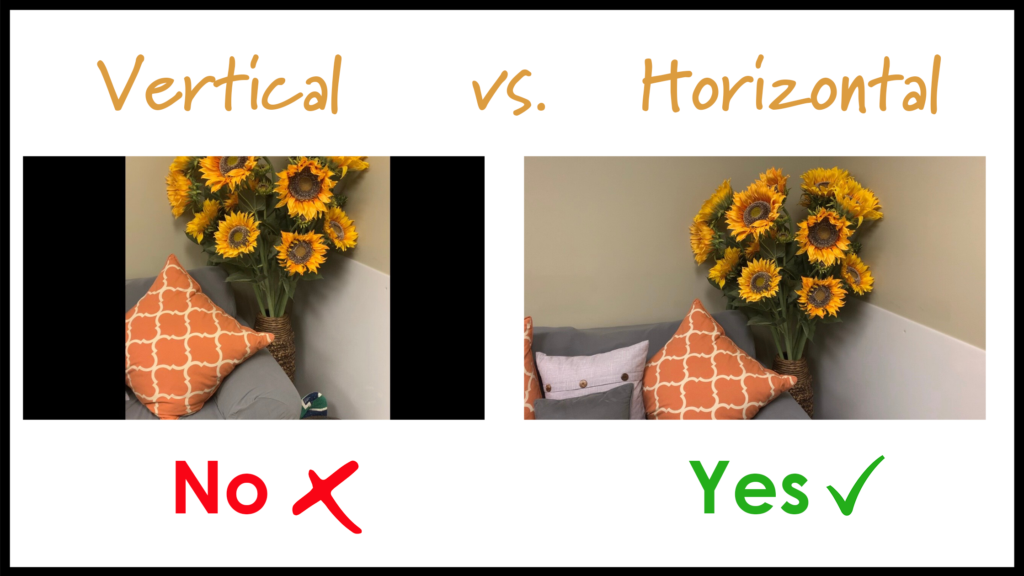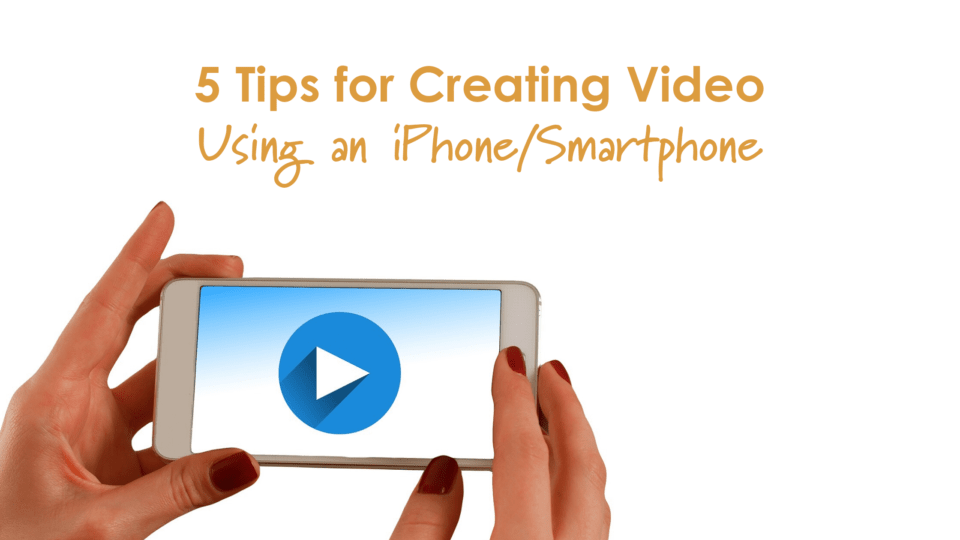Did you know the average attention span is less than 7 seconds? That’s how little time you have to capture your audience and give them a reason to stick with you.
Enter the power of video in your content development plans.
Content development is an essential component of the digital communication process. Often times, it’s easy to get wrapped up in creating content in the form of posts accompanied by either photos or graphics. However, it’s important to remember to incorporate video as an essential content element as well.
Video offers a very engaging medium for your audience. Not only does it grab a viewer’s attention, but it also has the ability to strike a connection and hold their attention. Further, when produced properly, videos help make it easier to interpret information and can elicit an emotional response from your audience as well – i.e. humor, happiness, etc.
Of course, we understand professional quality video can be costly and takes time and coordination to produce. And, while it wouldn’t hurt to invest in footage like this for use in commercials, etc., quality video can also be easily and quickly produced using an iPhone or smartphone and is more than suitable for use on your social media channels.
Read on to learn about five tips for creating strong video content using the camera on your phone.
1. Be Aware of Your Surroundings
It’s okay if videos filmed for social media are more casual and fun, however, when filming a video of yourself or another person, take careful consideration of the surroundings to help ensure the quality is the best it can be. To start, make sure to shoot video in a place where there’s ample/good lighting. Avoid places that are dimly lit or lighting that might cause shadows.
When it comes to backdrops, film against a solid colored background, steering clear from busy patterns. Also, try to film in a space with minimal to no noise so you don’t have to compete to be heard by the phone’s microphone. Too much background noise can be unpleasant for the viewer.
2. Use a Tripod
In addition to ensuring a proper setting, you want to make sure the video is steady too. If needed, iPhone and other smartphone tripods are relatively inexpensive and can be purchased to aid in the filming process.
These range from handheld stabilizers to three-legged, flexible stands and beyond. You don’t have to spend a lot to get a much better end result.

3. Keep Videos Short
Brevity is key. In order to maintain your audience’s attention, it’s important to keep videos short. As best practice suggests, video for social media shouldn’t any be longer than 60 seconds. In fact, 15 to 30 seconds is ideal.
Don’t forget different platforms have varying time limits for video too. For instance, Instagram caps video at 60 seconds and Twitter only allows 30 second videos. Though Facebook has a much longer limit, you should still strive to adhere to the 60-second rule for viewing purposes.
Additionally, always plan your video topic and script in advance. This will help make sure you meet time requirements and fill the time you do have. Further, it will help reduce the number of takes and help in the editing process as well.
4. Film Video Horizontally
On social media, video looks and works better when it’s filmed horizontally. If you film vertically (i.e. holding your phone upright, as you would to dial, etc.) you’ll get the “black bars” on either side… not the best look.

Note that there are specific times when it’s required to film vertically. For example, videos created or filmed for use on your Instagram or Facebook story should always be taken this way.
Further, if you’re compiling photos as a slideshow within the video, they should be horizontal for optimal display.
5. Use an Editing App / Tool
You don’t have to be a master videographer to edit video – trim and combine clips, add effects and music, etc. Fortunately, there are several, user friendly, free editing tools and apps available such as iMovie (iOS only), Adobe Premiere Clip (iOS, Android), and FilmoraGo (Android) that can help.
These can be used on your mobile device and most can be used on your computer as well and editing video on a larger screen can be very beneficial and helpful. But ultimately, it’s up to you… choose whichever you’re most comfortable with.
Keeping these tips in mind, you can now create compelling video for use on social media and engage with your audience more effectively.
For more information on how PTE can help you develop video content plans and more, contact us.

